Understanding the difference between kinetic and thermodynamic products in chemical reactions is essential in chemistry. This guide will cover these concepts, their key components, and their implications in reactions.
I. Introduction to Kinetic and Thermodynamic Products
Chemical reactions often produce more than one product. Reaction conditions, like temperature and reaction time, can control the main products that are formed. Let's explore the differences between kinetic and thermodynamic products.
A. Kinetic Product: Speed Matters
The kinetic product forms faster because it has a lower activation energy. It is the minimum energy needed for the reactants to undergo a reaction. Kinetic products are usually favored at lower temperatures because there is insufficient energy to overcome high activation barriers.
Example Reaction: Consider the reaction 1,3-butadiene with hydrogen chloride (HCl). The kinetic product, 3-chloro-1-butene, at low temperatures, forms quickly due to lower activation energy.Chemical Equations:
CH₂ = CH - CH = CH₂ + HCL → CH₂ = CH - CHCL -CH₃
B. Thermodynamic Product: Stability Matters
The thermodynamic product is more stable but takes longer to form because it has a higher activation energy. These products are favored at higher temperatures because the added energy helps molecules overcome higher activation barriers.
Example Reaction: In the same reaction of 1,3-butadiene with HCl, the thermodynamic product, 1-chloro-2-butene, forms at higher temperatures. This product is more stable due to the placement of the chlorine atom on the more substituted carbon.Chemical Equations:
CH₂ = CH - CH = CH₂ + HCL → CH₃ - CH = CH - CH₂CL
II. Key Concepts in Kinetic and Thermodynamic Control
Understanding kinetic and thermodynamic control differences is crucial for predicting reaction outcomes.
A. Activation Energy
Activation energy is the energy barrier that reactants must overcome to form products. Kinetic products have lower activation energies, making them form faster.
B. Stability of Products
Thermodynamic products are more stable because they are at a lower energy state. Kinetic products are less stable but form faster due to lower activation energy.
C. Reaction Conditions
- Low Temperature: Favors kinetic product formation due to lower energy availability.
- High Temperature: Favors thermodynamic product formation due to higher energy availability to overcome activation energy.
III. Examples and Applications
Let's look at some examples and applications of kinetic and thermodynamic control in reactions.
A. Diels-Alder Reaction
The Diels-Alder reaction between a diene and a dienophile can yield different products under different conditions.
Low Temperature (Kinetic Control): Produces the kinetic product, which forms faster due to lower activation energy.
High Temperature (Thermodynamic Control): Produces the thermodynamic product, which is more stable but forms slower.B. Formation of Enolates
Enolate formation from ketones can be controlled to yield kinetic or thermodynamic products.
Kinetic Enolate: Formed quickly at low temperatures using a strong, bulky base like LDA (lithium diisopropylamide).
Thermodynamic Enolate: Formed at higher temperatures using a smaller base, allowing for more stable enolate formation.
Chemical Equations:
- Kinetic Enolate Formation:
CH₃COCH₃ + LDA → CH₂ = C(O⁻)CH₃
- Thermodynamic Enolate Formation:
CH₃COCH₃ + NaH → CH₃C(O⁻)CH₂
IV. Mechanisms and Equations
Understanding the mechanisms helps predict products and control reactions.
A. Mechanism of Kinetic Control
- Reactants: 1,3-butadiene + HCl
- Intermediate: Carbocation intermediate forms quickly.
- Product: 3-chloro-1-butene (kinetic product)
Chemical Equation:
CH₂ = CH - CH = CH₂ + HCL → CH₂ = CH - CHCL - CH₃
B. Mechanism of Thermodynamic Control
- Reactants: 1,3-butadiene + HCl
- Intermediate: Carbocation intermediate forms.
- Product: 1-chloro-2-butene (thermodynamic product)
Chemical Equation:
CH₂ = CH - CH = CH₂ + HCL → CH₃ - CH = CH - CH₂CL
V. Bridge/Overlap
Understanding the difference between kinetic and thermodynamic control is important for individual chemical reactions and has wider applications in many areas of chemistry. Let’s look at how these concepts relate to key topics:
A. Reaction Mechanisms
Kinetic and thermodynamic control plays a significant role in understanding reaction mechanisms—the detailed steps by which a chemical reaction occurs. When chemists study a reaction mechanism, they analyze how molecules interact, form intermediates, and eventually produce final products.
B. Chemical Equilibrium
The concept of chemical equilibrium is closely related to kinetic and thermodynamic control. At equilibrium, the rates of the forward and reverse reactions are equal, and the concentration of products and reactants remains constant. Understanding how kinetic and thermodynamic factors influence which products are favored at equilibrium helps students grasp how reactions behave under different conditions.
C. Organic Synthesis
In organic synthesis, the ability to control whether a reaction produces the kinetic or thermodynamic product is crucial for designing efficient synthetic routes. For example, when building complex molecules, chemists might need to carefully control temperature and reaction conditions to favor the formation of a specific isomer or product.
VI. Wrap-Up and Key Terms
Understanding kinetic and thermodynamic products involves mastering several key concepts.
Key Terms:
- Below Kinetic Product: Forms quickly due to lower activation energy.
- Thermodynamic Product: More stable and forms slower due to higher activation energy.
- Activation Energy: The energy needed to start a reaction.
- Stability: The energy state of the product.
- Reaction Conditions: Temperature and time that influence product formation.
VII. Practice Questions
Sample Practice Question 1
Below are In the reaction of 1,3-butadiene with HCl, what conditions would favor the formation of the kinetic product, 3-chloro-1-butene?
A. High temperature with a long reaction time
B. Low temperature with a short reaction time
C. High temperature with a short reaction time
D. Low temperature with a long reaction time high yield definitions and key terms to refer to when reviewing concepts and ideas about equilibrium in general chemistry!
Ans. B
The kinetic product forms faster because it has a lower activation energy. Kinetic products are favored under low temperatures since there isn’t enough energy to overcome the higher activation barriers needed to form the thermodynamic product. A short reaction time also aligns with the quick formation of the kinetic product.
Sample Practice Question 2
Why is the thermodynamic product, 1-chloro-2-butene, favored at higher temperatures in the reaction of 1,3-butadiene with HCl?
A. It has a lower activation energy than the kinetic product.
B. It forms faster than the kinetic product.
C. It is more stable and forms slower, requiring higher energy to overcome its activation barrier.
D. It is less stable and forms faster due to higher energy availability.
Ans. C
The thermodynamic product is more stable because it is at a lower energy state. However, it has a higher activation energy, so it forms more slowly. Higher temperatures provide the necessary energy to overcome this higher activation barrier, favoring the formation of the thermodynamic product.

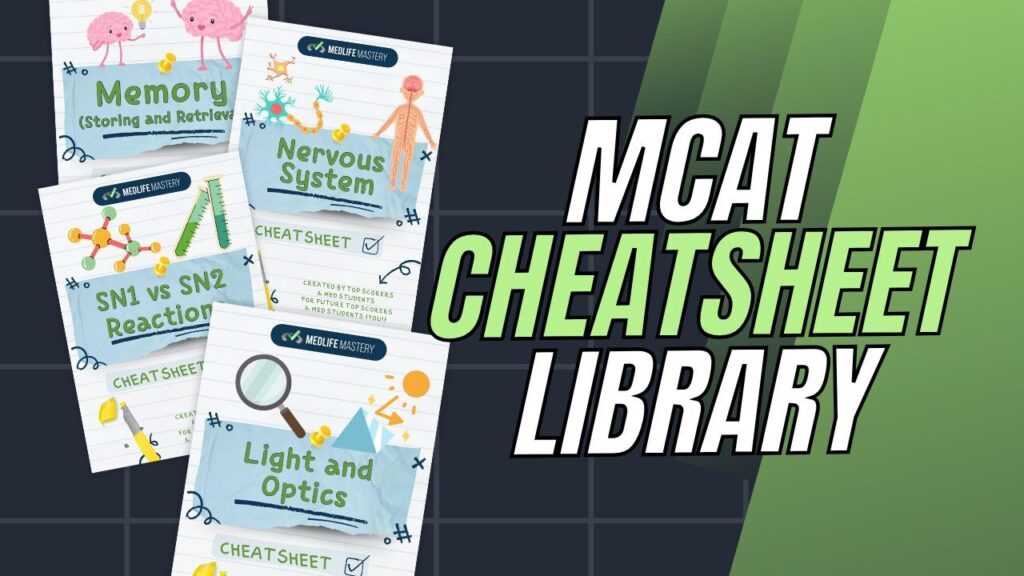
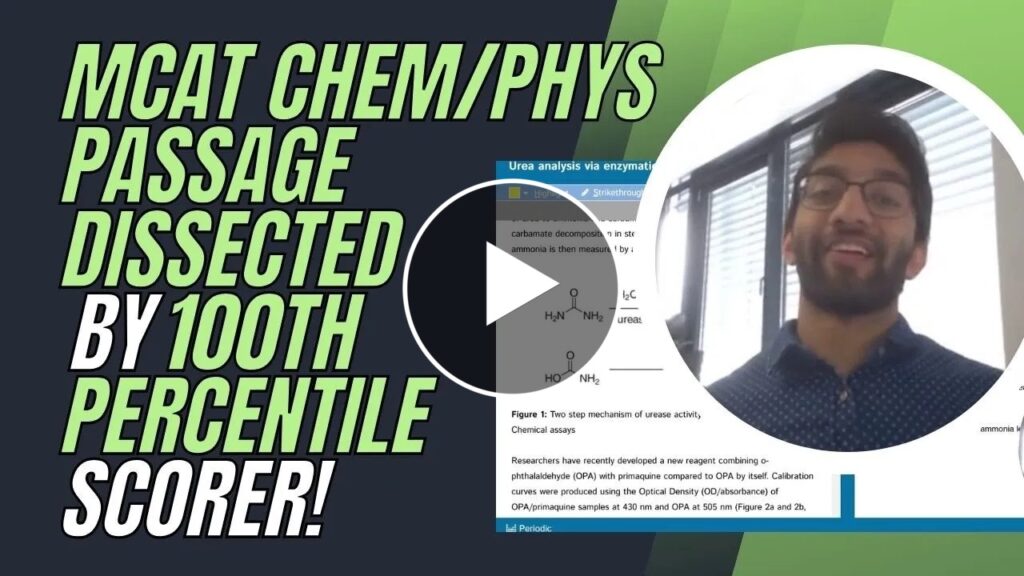

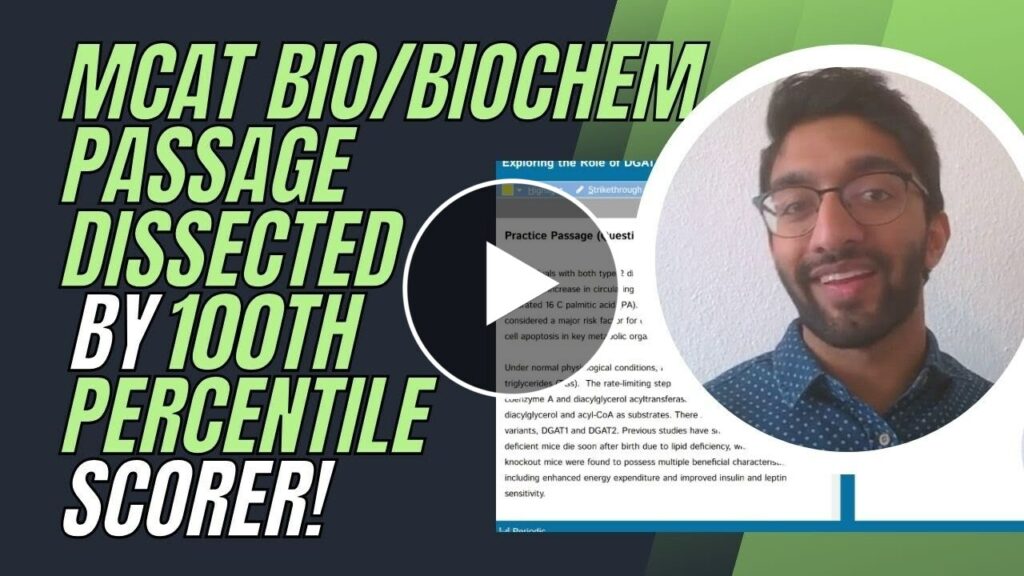


 To help you achieve your goal MCAT score, we take turns hosting these
To help you achieve your goal MCAT score, we take turns hosting these 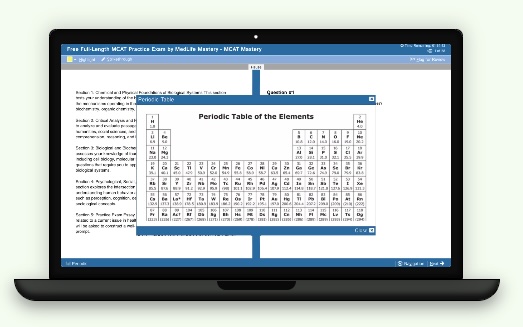

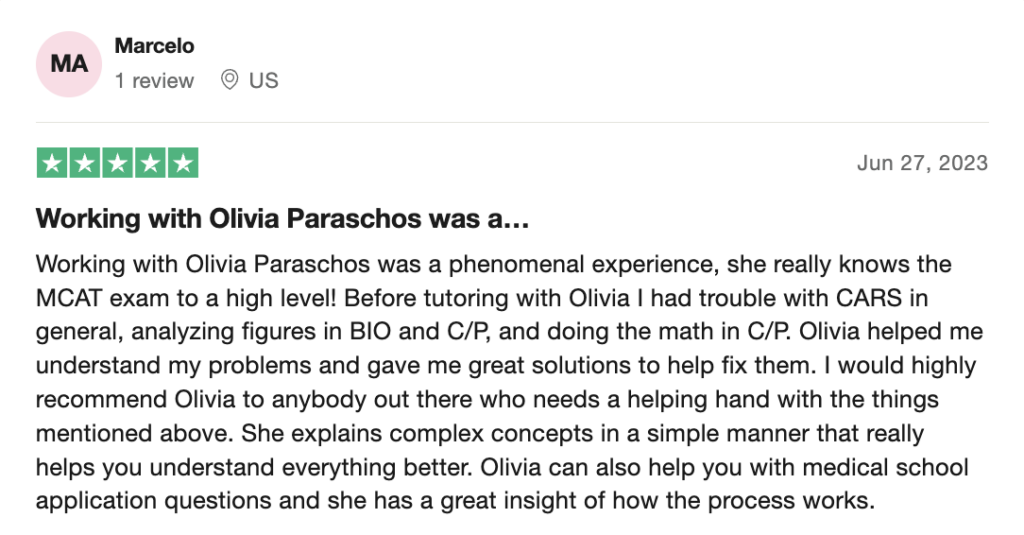
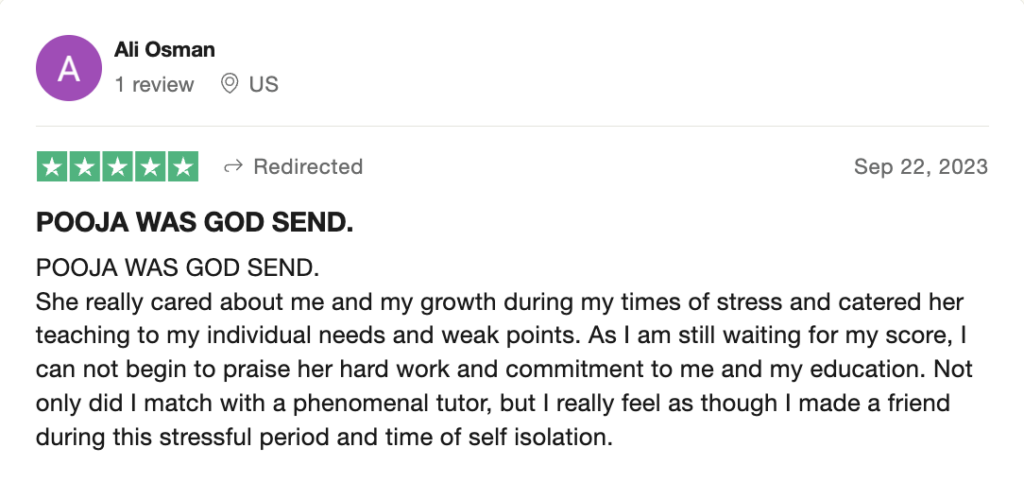

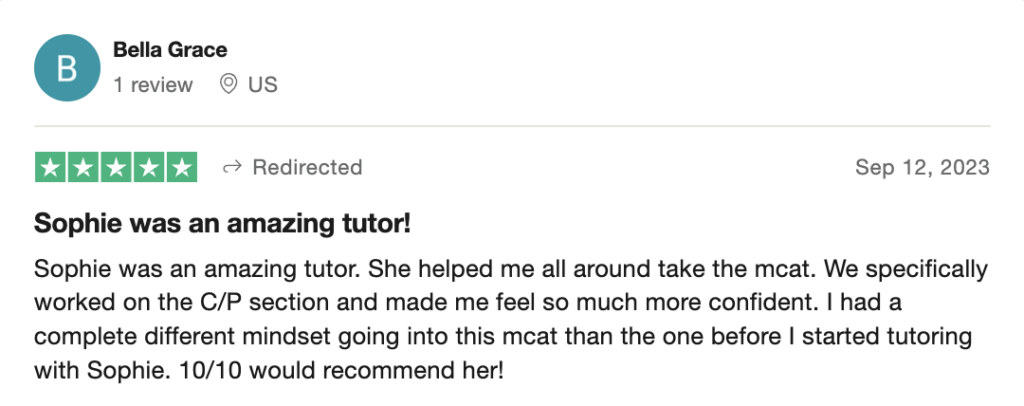
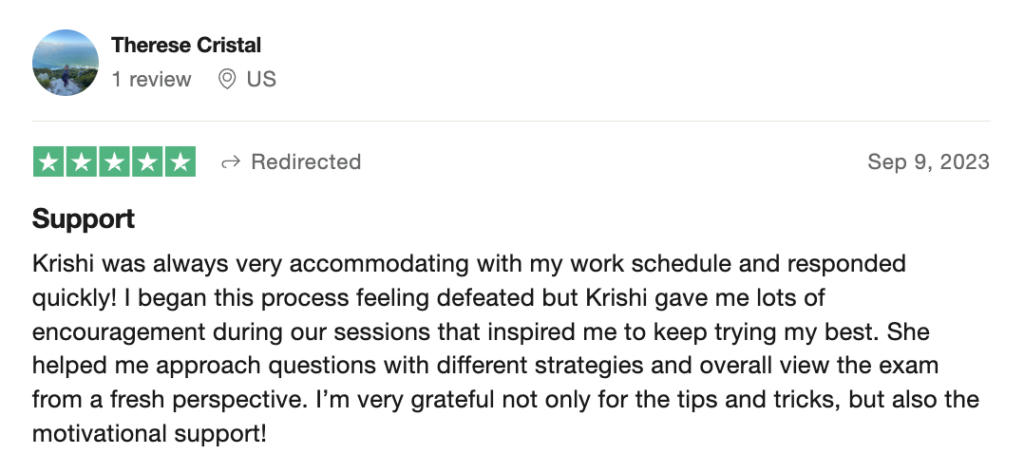

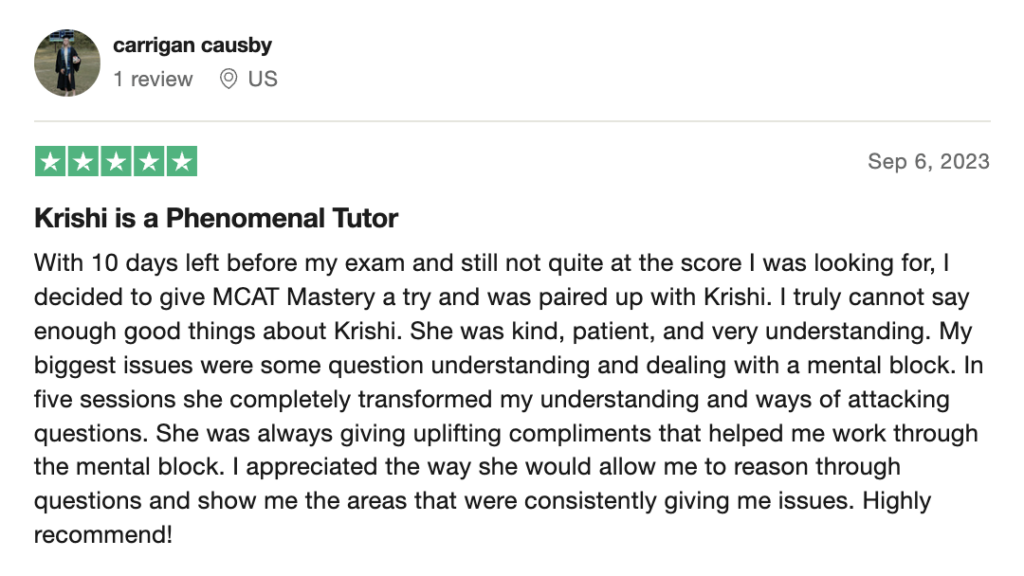

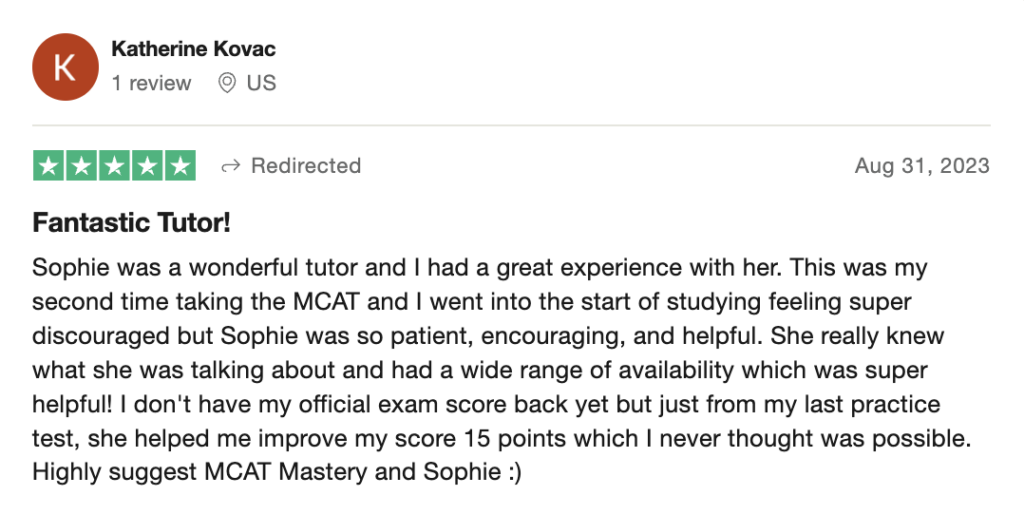
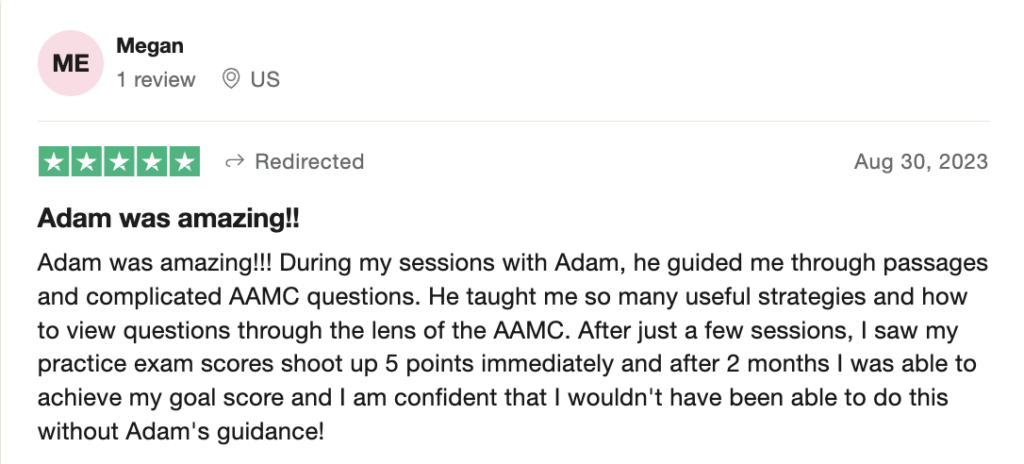
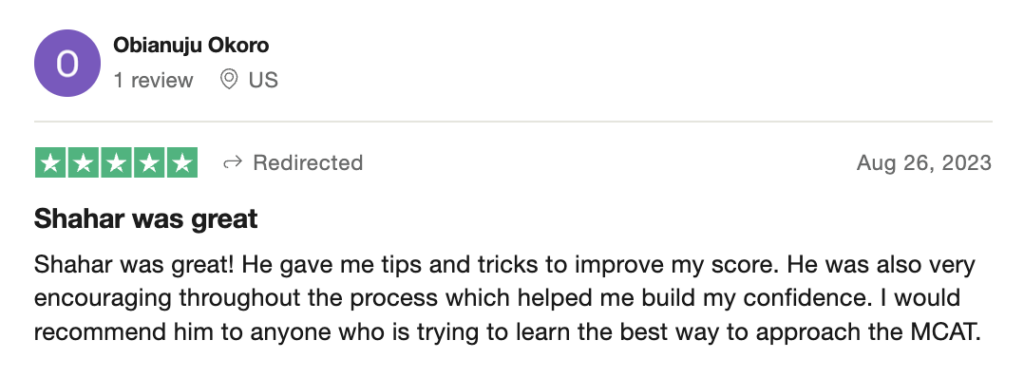
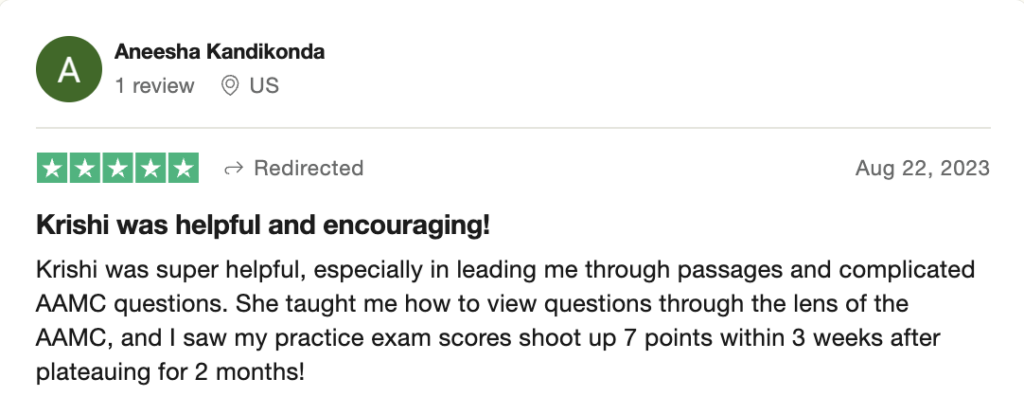
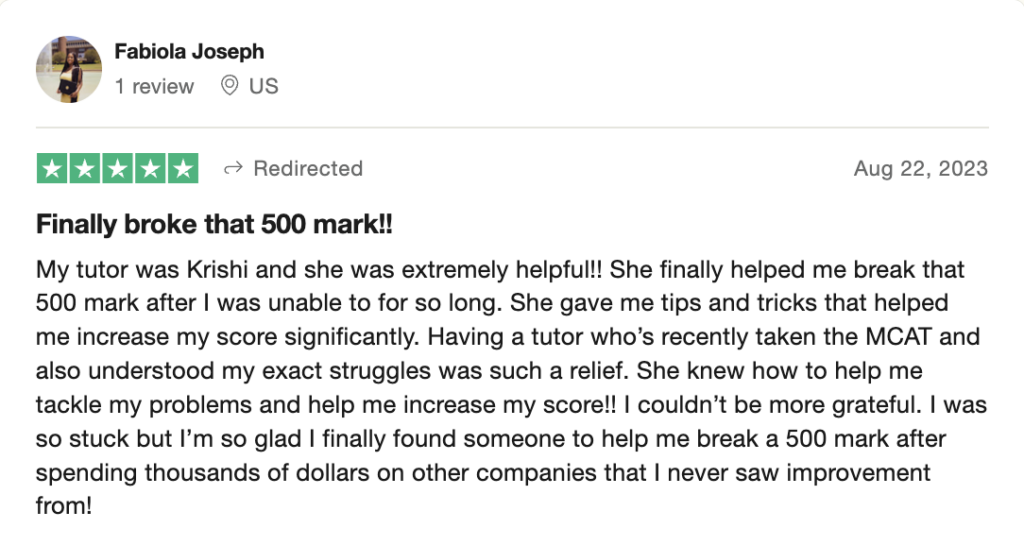
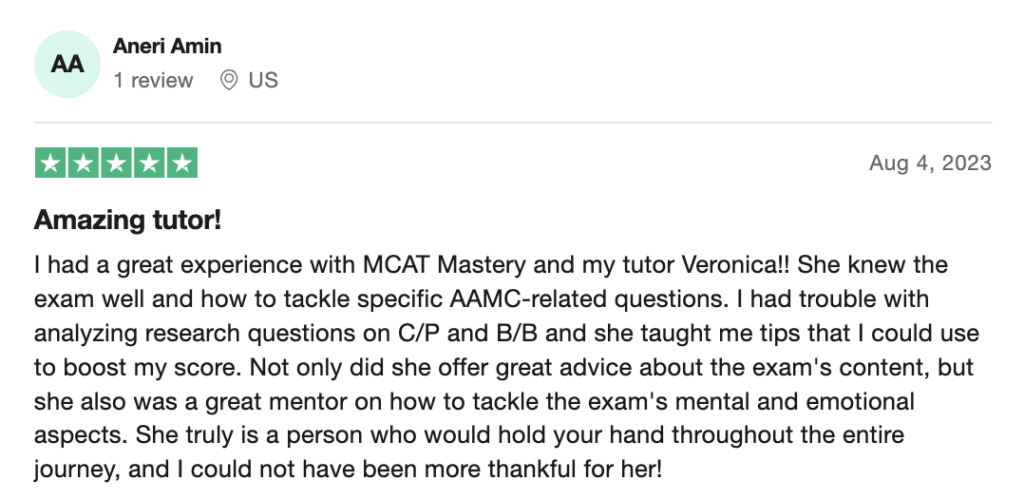
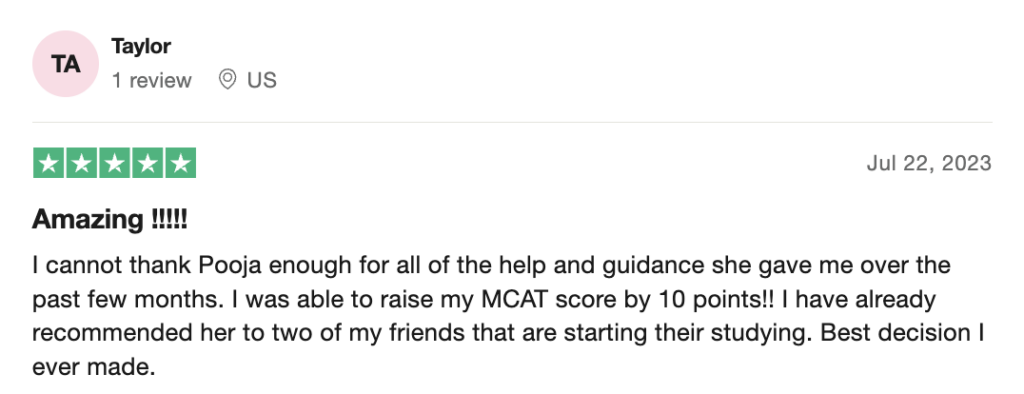
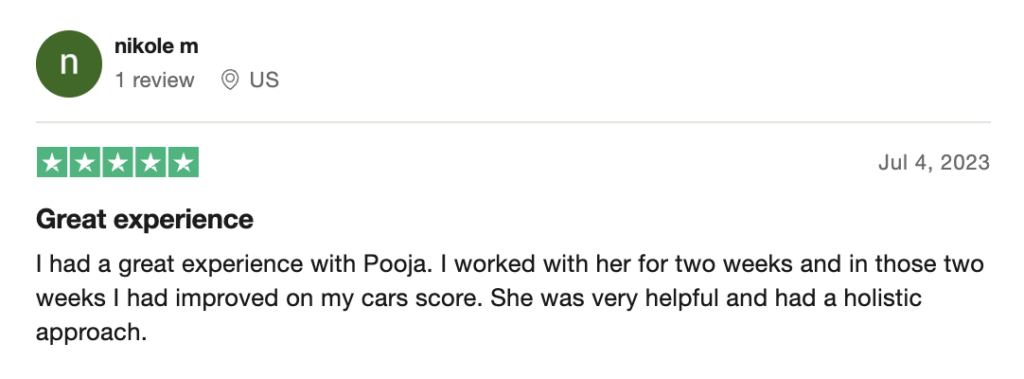
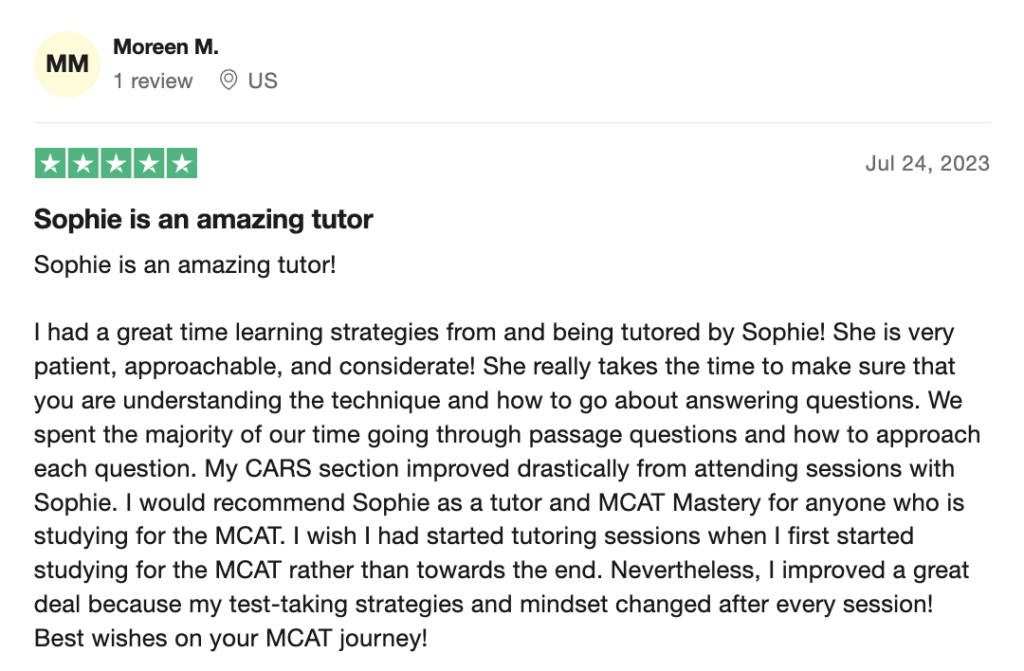
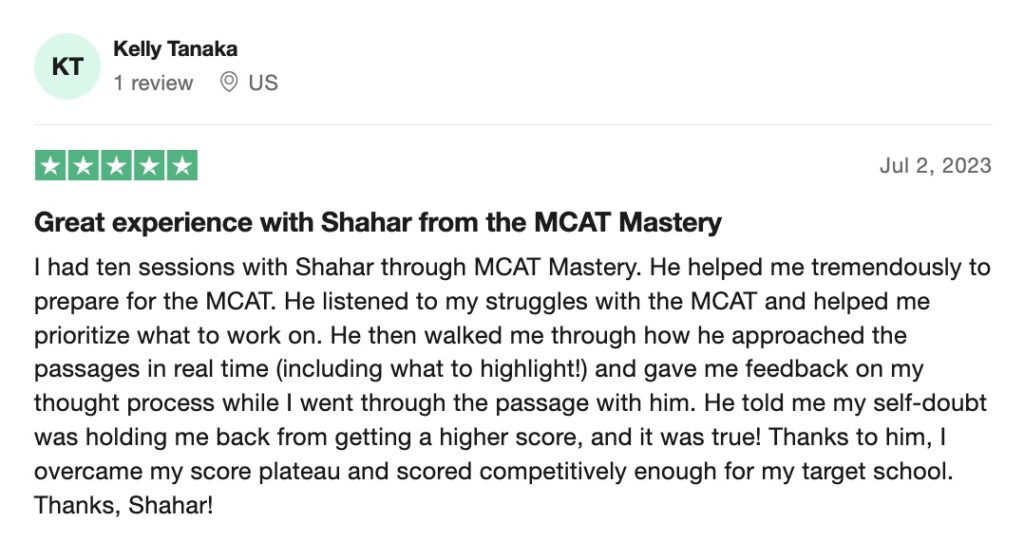
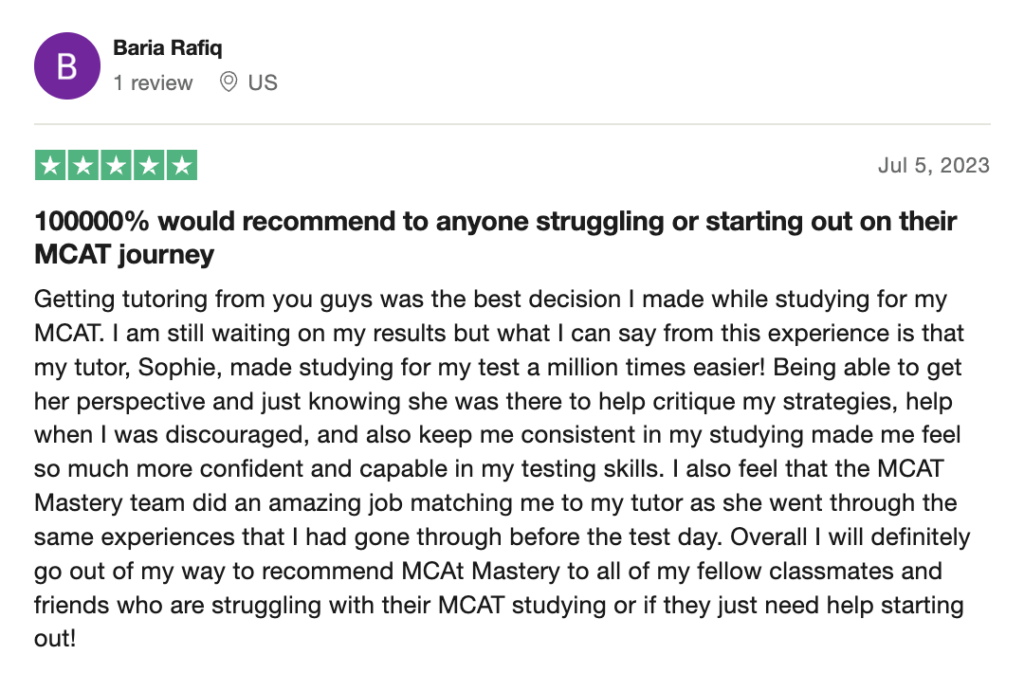
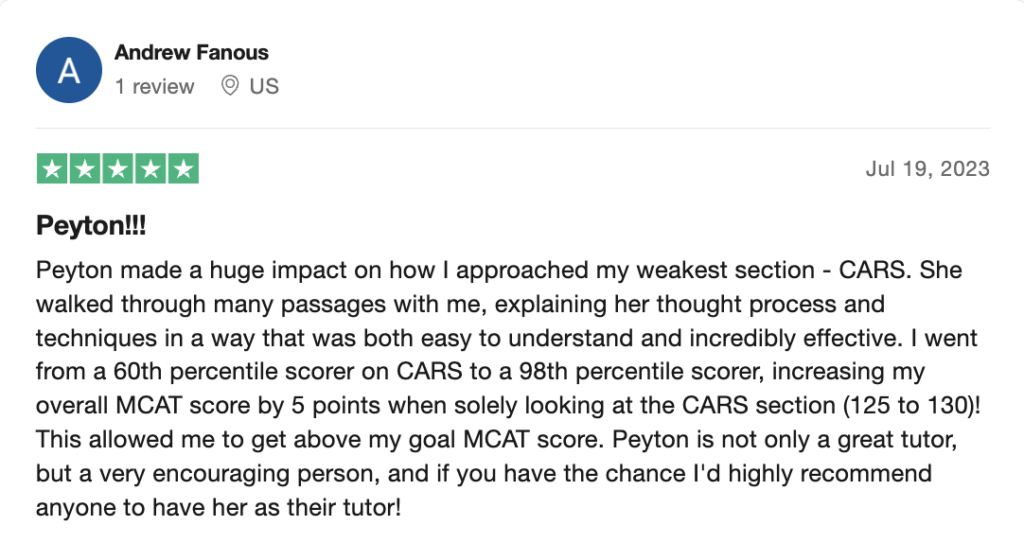
 reviews on TrustPilot
reviews on TrustPilot